Conveyor systems help “convey,” or move, packages, food, products or equipment from area within a facility to another, usually for simple transportation or to perform the various stages of automated or semi-automated manufacturing or finishing. Read More…
VAC-U-MAX is a premier manufacturer of quality conveyors among other similar products and services. VAC-U-MAX produces its equipment to handle small parts and heavy metal powders.
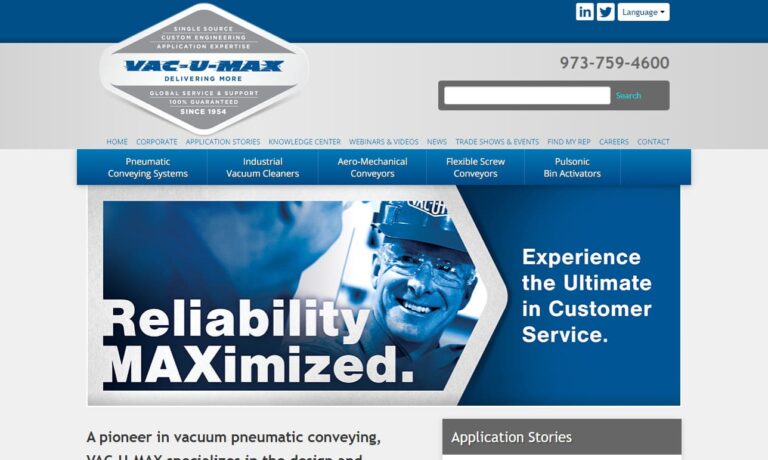
mk North America, Inc. offers the widest variety of conveyors in the industry. Our vast product line features a variety of aluminum frame and stainless-steel conveyors that are built to last. At mk we believe in offering not only a better product, but also a better solution – which is why we will work with you to ensure your unique application is matched with the best possible conveyor...
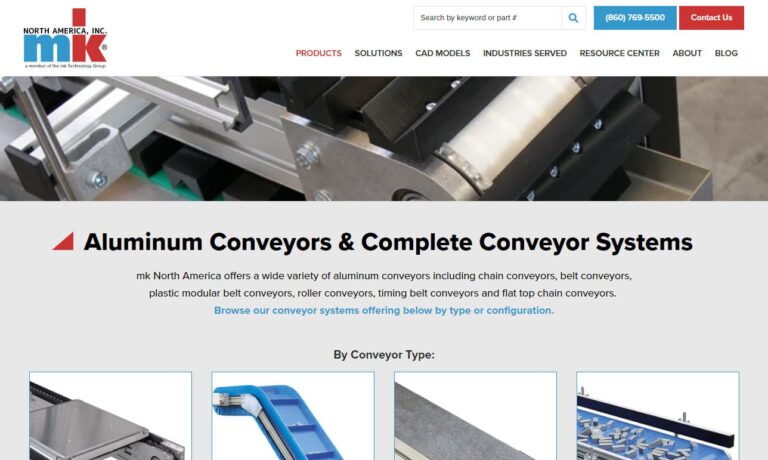
At RMH Systems, we specialize in crafting innovative conveyor systems that streamline operations and maximize efficiency for a wide range of industries. Our expertly designed conveyor solutions are tailored to meet the unique needs of each client, ensuring seamless integration into existing processes.
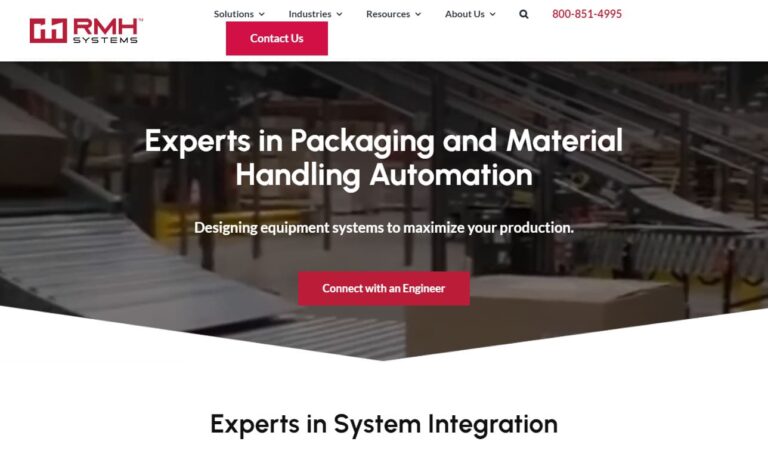
At Slate River Systems Inc, we take pride in our expertise as innovators in the field of conveyor systems. With years of collective experience, our team is committed to delivering cutting-edge solutions tailored to meet the diverse needs of our clients. Our conveyor systems are engineered to optimize efficiency and streamline material handling processes across various industries.
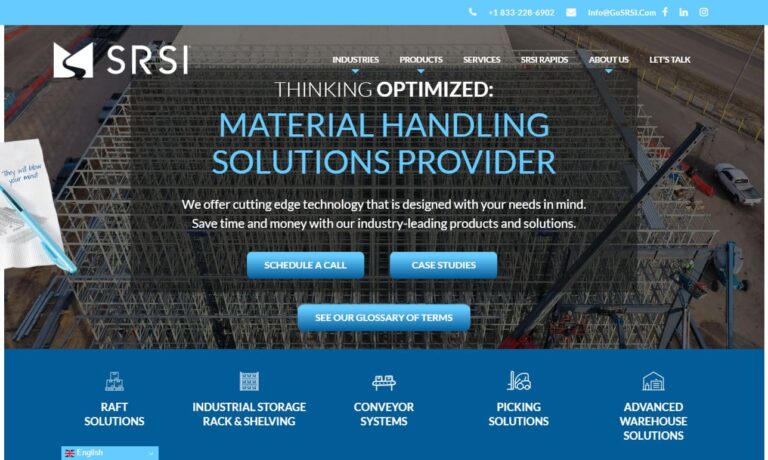
Many types, sizes, makes & models of shelving available online at SJF.com. We buy & sell warehouse equipment with the nation's largest inventory of new and used material handling equipment: over 20 acres! Explore our website & find dealer direct savings on shelving & more types of material handling equipment.
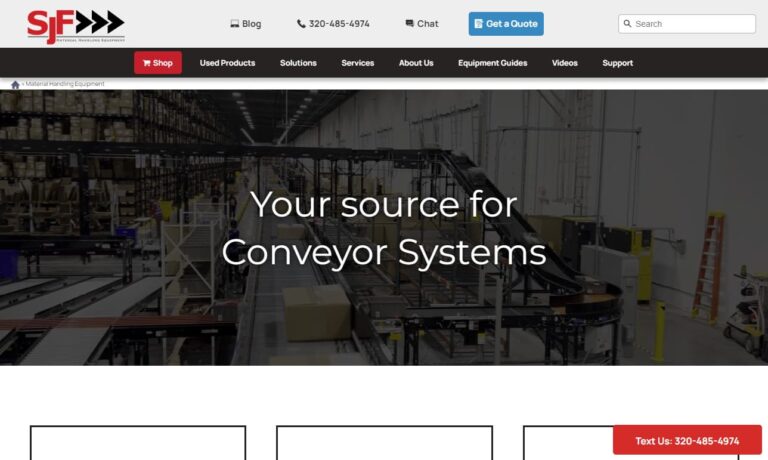
Spiroflow offers a complete range of mechanical conveying solutions in the industry. The staff at Spiroflow can recommend the best method to meet your conveying needs.
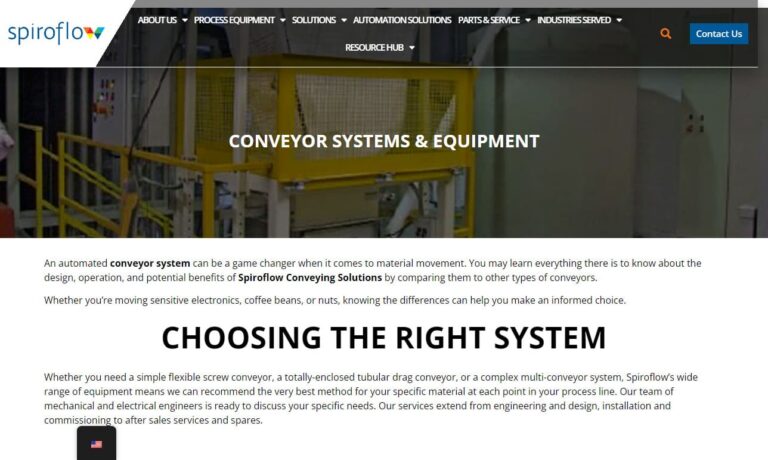
If you are in need of conveyors that are built to last, you can count on us to be your number one provider. We manufacture conveyors that guarantee efficiency and stability. Our teams offer fast turnaround on all orders and if an issue ever arises then we will work with you to quickly repair your systems. Give us a call today or visit our website to learn more information!
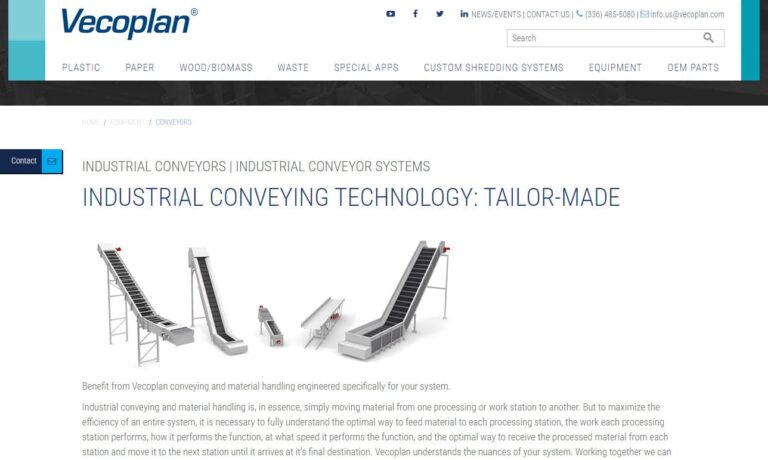
More Conveyor Manufacturers
Conveyor System Applications
Conveyor systems have a multitude of applications across various industries, playing a crucial role in optimizing processes and facilitating the movement of materials and products. In the realm of manufacturing, these systems are integral to automating production lines. By efficiently transferring raw materials, components, and finished goods between different stages of the manufacturing process, conveyor systems ensure a smooth and uninterrupted workflow. This not only increases productivity but also reduces the potential for errors and delays that can occur with manual handling.
In the logistics and distribution sector, conveyor systems are widely utilized in warehouses and distribution centers. They enable the seamless transportation of packages, parcels, and pallets, enhancing order fulfillment efficiency and streamlining inventory management. With the ability to handle high volumes of goods quickly and accurately, conveyor systems contribute to faster order processing and improved customer satisfaction.
Another notable application of conveyor systems is in airport operations, particularly for baggage handling. These systems efficiently transport luggage between terminals, check-in counters, security checkpoints, and aircraft. By automating the movement of bags, conveyor systems help minimize the risk of lost or misplaced luggage, improve operational efficiency, and enhance passenger experience.
Conveyor systems also find application in mining and quarrying operations. These industries heavily rely on the transportation of bulk materials such as ores, coal, and aggregates. Conveyor belts enable the efficient movement of these materials over long distances, reducing the need for manual labor and increasing productivity. They also enhance safety by minimizing the exposure of workers to hazardous environments.
Overall, conveyor systems offer a versatile solution across industries, contributing to operational efficiency, cost reduction, and improved productivity. Whether it’s in manufacturing, logistics, airports, or mining, these systems streamline material handling processes, minimize manual labor, and ensure the smooth flow of goods from one point to another.
History of Conveyor Systems
We believe that the very first conveyor system, a belt conveyor, was developed around 1795. It and others like it consisted of leather belts that ran over wooden beds. They worked with the help of hand cranks and pulleys. Mostly, they were used in shipyards, where workers transferred farm goods onto ships.
After that, people began using steam technology, which had already been invented, to power belts. The first steam-powered conveyor belt was used by the British Navy in 1804, when cooks used it to make biscuits for sailors.
The next development for conveyor systems came during the Industrial Revolution. For example, in 1892, Thomas Robins made several inventions, which led to the development of a conveyor belt suitable for material handling of mining materials like ores and coal. In 1901, Sandvik, a Swedish company, manufactured the first steel belt conveyor. It was designed to convey bulk mining materials like charcoal and gravel. Not long after, in 1905, an Irish engineer, and inventor, named Richard Sutcliffe put to use the first underground conveyor belt. These inventions significantly reduced the time and labor it took to transport coal. In 1908, American citizen Henry L. Jennings received the first roller conveyor patent. This invention, which used internal ball bearings, advanced conveying by allowing for smoother goods transmission.
In 1913, one of the most recognizable names of the early conveyor market, Henry Ford, introduced conveyor belt assembly lines into his factory in Highland Park, Michigan. With these, he was able to make his Model T cars much more quickly and efficiently. Following his lead, conveyor belt assembly was the automotive industry standard by 1919.
World War II spurred on the development of a wide variety of many new synthetic materials. Through this development, manufacturers were gifted with new materials to assemble their conveyor systems. Two big belt materials to come out of this era were urethane and synthetic rubber.
Another advance in conveyor systems came in 1957, when B.F. Goodrich patented a conveyor belt that incorporated a half-twist. This design offered the advantage of exposing all sides to wear and tear equally, instead of just a heavy concentration of exposure in one area. Today, these conveyor systems are obsolete because modern materials are durable enough to not require a twist.
Most people consider the modern era of conveyor systems to have started in about 1970. That year, a Louisiana-based company registered the first patent for a belt made completely from modular plastic components. Today, conveyor systems are more diverse, efficient and durable than ever. They’ve become so reliable that they can be very long. The longest conveyor we have at the moment runs through the Western Sahara, where it transports phosphate from a mine to the coast over 60 miles away.
How Conveyor Systems Work
Conveyor systems operate on a basic principle of utilizing belts, chains, or rollers to move items from one location to another. The system typically consists of several key components. The conveyor belt, made of durable materials such as rubber or metal, is looped around a series of pulleys or rollers, creating a continuous moving surface. The drive unit, powered by an electric motor, provides the necessary energy to move the belt. Depending on the design, the drive unit can be located at one end of the conveyor or distributed along its length. Tensioning devices ensure that the belt remains taut and properly aligned.
As the motor powers the drive unit, the conveyor belt starts moving, carrying items placed on it. In some cases, the belt itself serves as the carrying surface, while in others, additional attachments like trays, buckets, or pallets are used to hold the items. The speed and direction of the conveyor can be controlled, allowing for precise handling and positioning of goods.
Conveyor systems may incorporate various types of additional components to optimize functionality. These can include rollers or wheels for smoother movement, sensors for automated sorting or diverting of items, and controls for regulating speed, starting, and stopping.
Overall, conveyor systems provide a reliable and efficient method for transporting goods within a facility. They can be customized to suit different applications, sizes, and load capacities, making them versatile solutions for a wide range of industries.
Types of Conveyor Systems
Conveyor systems may use one, several or all conveyor types to transport parts or products across the facility, onto the next finishing process or along the assembly line. Of these configurations, belt conveyors are the most common, followed by chain conveyors, roller conveyors, spiral conveyors, overhead conveyors and vertical conveyor systems. Other conveyor types include: food conveyors, industrial conveyors, gravity conveyors, pneumatic conveyors and screw conveyors.
Belt Conveyor
The belt conveyor, or conveyor belt, consists of a wide belt, made of rubber or another polymer, wrapped around uni-directional rollers. Belt conveyor systems consist of several belt conveyors, which create linear movement for both the belts and everything else.
Pallet Conveyor
Belt conveyors can convey better than other conveyor system heavy industrial items, like pallets and grid boxes. Belt conveyors that carry pallets are called “pallet conveyors.”
Timing Belt Conveyor
Chain Conveyor
Chain conveyors are built using the same concept, except that in this case, a chain or multiple parallel chains are wrapped around a set wheels, rather than rollers. They’re most commonly used to move unfinished metal parts through parts washing processes, and powdered metal parts through ovens for drying or sintering.
Together, belt and chain conveyors fill the majority of need for conveyance in parts manufacturing, food processing and packaging and general consumer and commercial product manufacturing.
Roller Conveyor
Another typical conveyor is the roller conveyor. This type of conveyor system provides movement using individual rollers placed parallel to one another. In order to work properly, the conveyor must be placed on a flat surface with sufficient space. Most often, roller conveyor systems are used to move equipment and food from one point to another within a facility, or through the different stages of automated manufacturing and finishing.
Spiral Conveyor
The term “spiral conveyor” may refer to one of two conveyor designs, both which are fed directly from any standard conveyor. The first design uses either belts or slats to vertically transport food products, parcels, packages, boxes and other individual items. This type of spiral conveyor is designed to transport items for parts assembly warehouses, shipping warehouses, food and beverage manufacturers, airports and any other industrial customers that require vertical transfer of delicate and/or large packages. The second design employs an enclosed screw to vertically transport loose bulk particles.
Overhead Conveyor
Overhead conveyor systems transport items across a facility or through stages of processing like spray painting, drying or baking. Vertical conveyors lift items from one level to another by employing magnets, platforms or grippers placed around moving chains or belts. While they are not terribly common, when they are used, they’re usually used to transfer food items or parts.
Food Conveyor
Food conveyors, as their name suggests, are conveyors designed to transport food. Designed to handle both raw and cooked food, food conveyors are almost always stainless steel conveyors. This is because stainless steel is an FDA approved sanitary grade material. To avoid cross-contamination, food conveyors are accompanied by power washers that clean them on a regular basis. They are frequently equipped with: weight scales, metal detectors for quality inspection and robotic arms for sorting food. Food conveyors are often part of large systems that contain components like: sorting systems, wrapping, labeling, case packing systems, freezers and cool rooms. In addition, while they are almost always automated, employees often work alongside them to make sure food is managed and sorted for quality assurance.
Industrial Conveyor
The term “industrial conveyor” refers broadly to those conveyors and conveyor systems used by manufacturing companies. Industrial conveyor systems are used to transport materials and products within a fixed warehouse or factory space.
Gravity Conveyor
Conveyors are usually motorized, but some conveyor types, such as ball transfer and chute, are gravity conveyors. Gravity conveyors are any conveyors that use gravitational forces to gain and maintain momentum for conveying. They work on an incline so that products can move without electrical or mechanized power. There are two main gravity conveyor types: gravity roller conveyors and gravity wheel conveyors.
Gravity Roller Conveyor
gravity roller conveyors move products horizontally along a pathway that contains a series of rollers. These conveyor rollers are placed perpendicular to the direction of travel and supported by shafts on bearings, so that they move properly. The shafts are held inside structural or formed frames by internal springs or retaining pins. Because it’s gravity-driven, products can be free-wheeled manually (horizontally) or they can fall over a certain distance on a slight decline.
Gravity Wheel Conveyor
Gravity wheel conveyors, also known as gravity skatewheel conveyors, work not with a roller pathway, but a wheel pathway. Gravity wheel conveyors are more lightweight than gravity roller conveyors. They also work with lighter loads and create less accumulation at minimum decline angles.
Pneumatic Conveyor
Pneumatic conveyors assist in bulk transporting materials, particularly bulk powder solid materials. They are tubular and work inside enclosed pipelines. They consist of: a feeder, an air mover, a termination vessel, a dust collection system and a belt conveyor. They use air or, less frequently, gas flow as the conveying medium. When using gas, the medium is a combination of pressure differential and the flows of various gases, like nitrogen.
Screw Conveyor
Screw conveyors convey materials using a rotating screw that urges materials forward inside an enclosed linear space. This screw doubles as a mixer or agitator. Screw conveyors cannot be used with sticky materials. Instead, they’re used with a wide range of semi-dry and dry bulk materials, such as: cocoa beans, animal feed, garlic powder, carbon black, flour, gypsum, grain, Epsom salt and whey. Screw conveyors are either vertical or horizontal. Vertical screw conveyors are very useful for heavy duty conveying and when your application has limited space.
Modular Conveyor Systems
One of the significant advantages of a modular conveyor is its mobility and total flexibility in construction and reconfiguration. However, there are several more reasons why modular conveyors are preferable to a bespoke conveyor system.
- Conveyor modules are made of lightweight, robust, high-impact polycarbonate, resulting in a portable belt conveyor system that is simple to install and transport.
- Compatible with a wide range of plastic link belting and various drive flights (cleats) for a wide range of parts conveying applications.
- Modular conveyor systems may be configured by combining horizontal, radius turn, angular decline, and incline conveyor modules. Save time and money by quickly rearranging your current conveyor modules when your needs change.
Benefits of Conveyor Systems
Conveyor systems offer numerous benefits that contribute to improved efficiency, productivity, and safety in various industries. To start, they enhance operational efficiency by automating material handling processes. With continuous and reliable movement of goods, conveyor systems eliminate the need for manual transportation, reducing labor costs and minimizing the risk of human error. Additionally, these systems enable faster and more consistent throughput, increasing productivity and throughput rates. They facilitate the smooth flow of materials or products, reducing bottlenecks and optimizing overall production or distribution processes.
Conveyor systems also promote workplace safety by minimizing manual handling and reducing the risk of injuries associated with lifting and carrying heavy objects. By automating material transportation, workers are exposed to fewer physically demanding tasks, leading to a safer work environment. Additionally, conveyor systems can be designed with safety features such as emergency stop buttons, sensors, and guards to prevent accidents and protect operators.
Another benefit of conveyor systems is their ability to optimize space utilization. They can be configured to fit the layout of the facility, including vertical or inclined installations, allowing for efficient use of available space. This is particularly advantageous in warehouses and distribution centers where maximizing storage capacity is crucial.
Conveyor systems also contribute to improved accuracy and product quality. They enable precise movement and positioning of goods, reducing the chances of damage or errors during transportation. Automated sorting and diverting mechanisms further enhance accuracy, ensuring that products are correctly routed to their intended destinations.
Furthermore, conveyor systems support inventory management and traceability. By implementing barcode or RFID scanning technologies, items can be tracked and monitored as they move along the conveyor. This facilitates real-time inventory control, reduces the risk of stockouts or excess inventory, and enables better traceability for quality control or recall purposes.
In summary, conveyor systems provide a range of benefits, including increased operational efficiency, enhanced productivity, improved workplace safety, optimized space utilization, and better accuracy and traceability. These advantages make them indispensable tools for industries seeking to streamline their material handling processes and achieve higher levels of efficiency and effectiveness.
Conveyor System Design and Customization
Conveyors can be designed to turn, twist and move vertically along floors. Manufacturers can create custom conveyors that lift, sort, divert and/or curve items across both horizontal and vertical distances. They can even make them portable and modular for easy breakdown and reassembly.
When designing and customizing conveyor systems, manufacturers take a number of things into account. As a whole, though, they think about application requirements. They consider if the system requires simple moving, or if it is to be part of a larger assembly or packaging system. They consider the types of materials to be moved—Are they food or medicine items that must remain sanitary? Are they loose products, like nuts and bolts? Are they powder? Considering the nature of materials or products to be conveyed informs decisions like: conveyor system type, belt material, whether the system will be electrically powered or gravity and/or inertia powered, how they will move, etc.
Conveyor System Safety and Compliance Standards
The safety and compliance standards that your conveyor system needs to meet depends entirely on your application, industry and location. For example, as we’ve mentioned before, any conveyors used with food must be FDA approved. Likewise, a conveyor system that transports military parts will need to meet Mil-Specs. For more general help in the United States, ANSI, along with CEMA, ASME and ISO, provide a comprehensive list of standards for different conveyor types and applications.
How to Choose the Right Conveyor System Manufacturer
There are a ton of conveyor system manufacturers out there. While a quick Google search may work for some things, it’s not always the best or easiest way to find a quality supplier for such an important task. To aid you in this endeavor, we’ve put together a list of companies, complete with profiles, in whom we trust. Every company listed on this page is experienced and reliable.
Of course, we know you can’t work with them all. So, how do you narrow them down? We recommend, before doing anything else, you write out a list of your specifications. Think about the items your system will convey—Are they heavy? Loose? Food? Medicine? Combustible? Think about the operation as a whole—Does it need to incorporate cleaning, assembly or anything else? Does it need to move over long distances or bend around curves? Next, consider your budget, timeline, delivery preferences and post-manufacturing needs (installation assistance, etc.). Write down any questions you have. To make sure you have everything covered, go over your list with a colleague. Once you’ve got your list ready, check out the companies on our page. Look over their profiles and see who has the services that best match your interests. Choose a top three or four, and then reach out to each of them individually. Discuss all the points on your list and then compare your discussions. In a conveyor system manufacturer, you should seek not only skill, but good customer service. You want someone who will work with you to make sure you get the best solutions possible. Determine which manufacturer meets the criteria and get started.

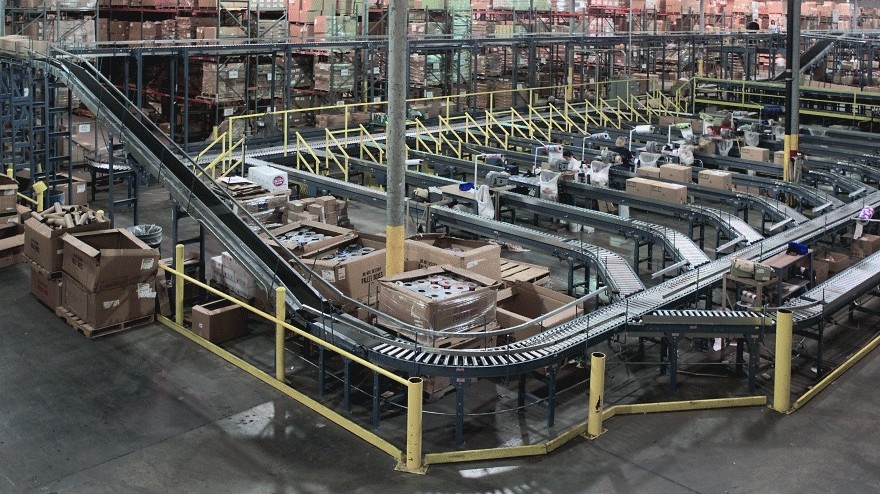
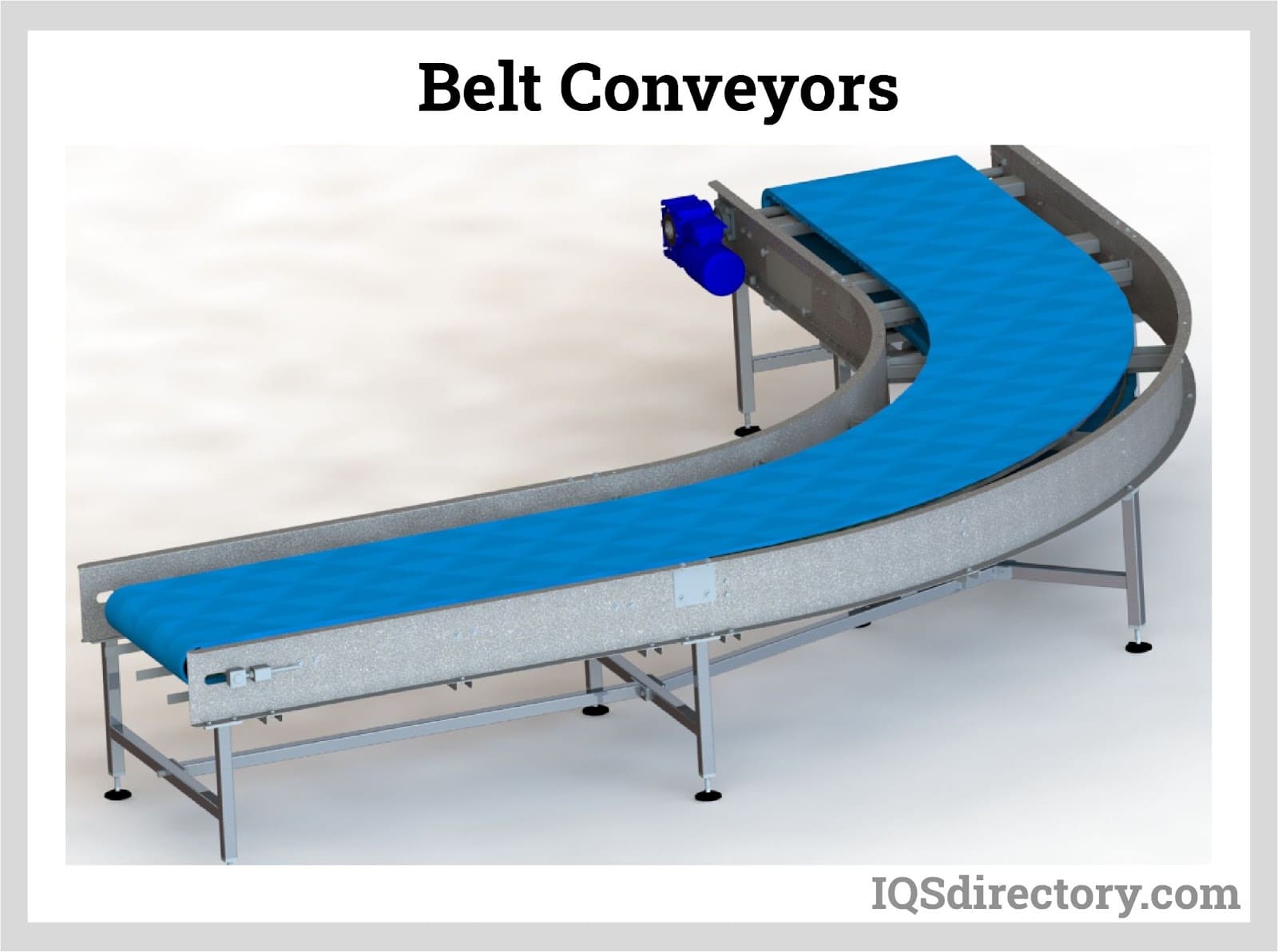
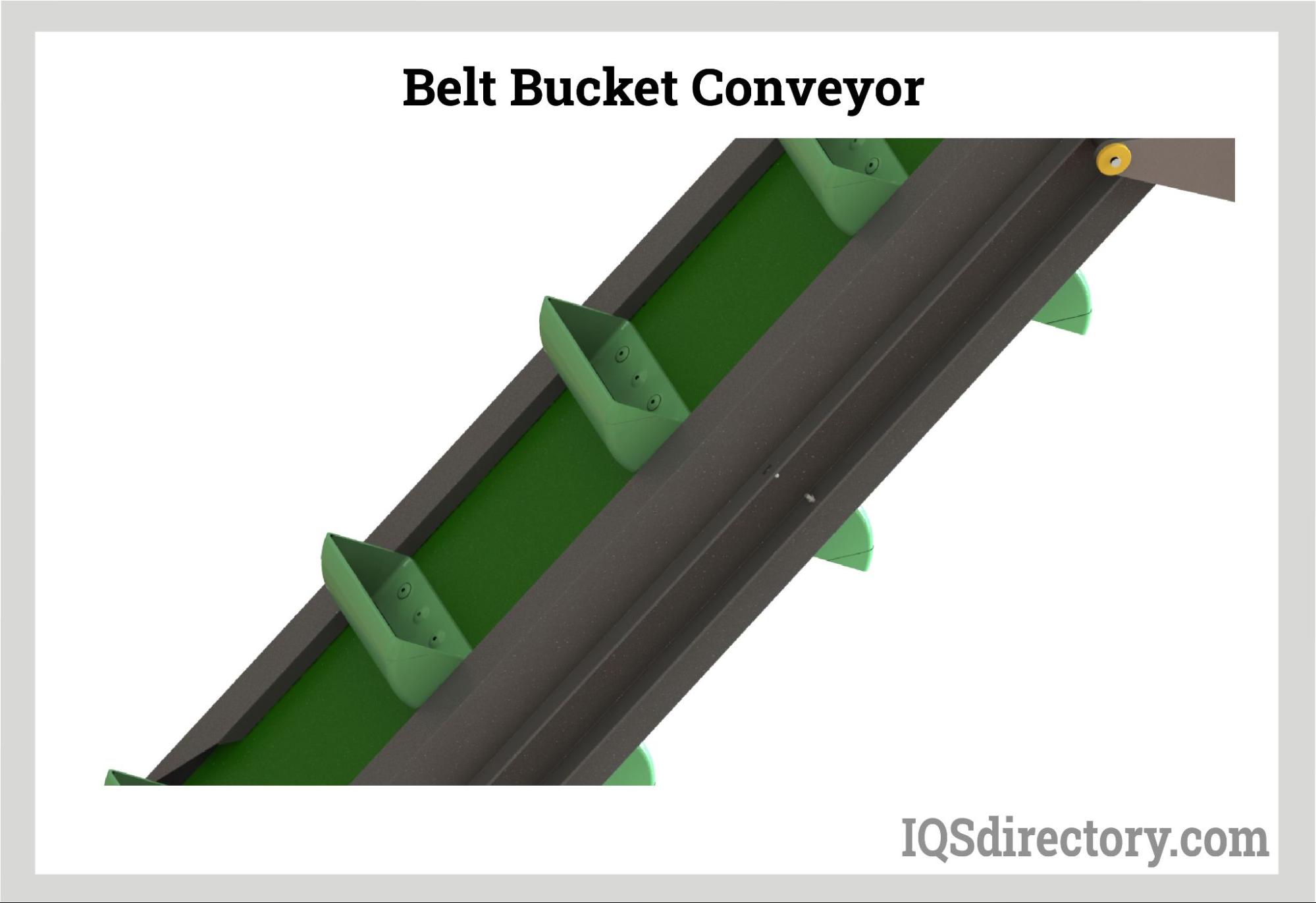

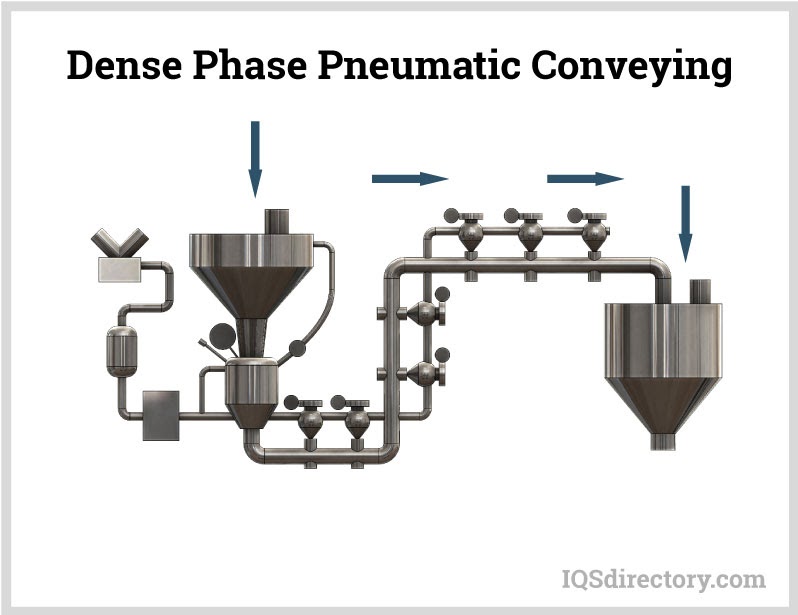
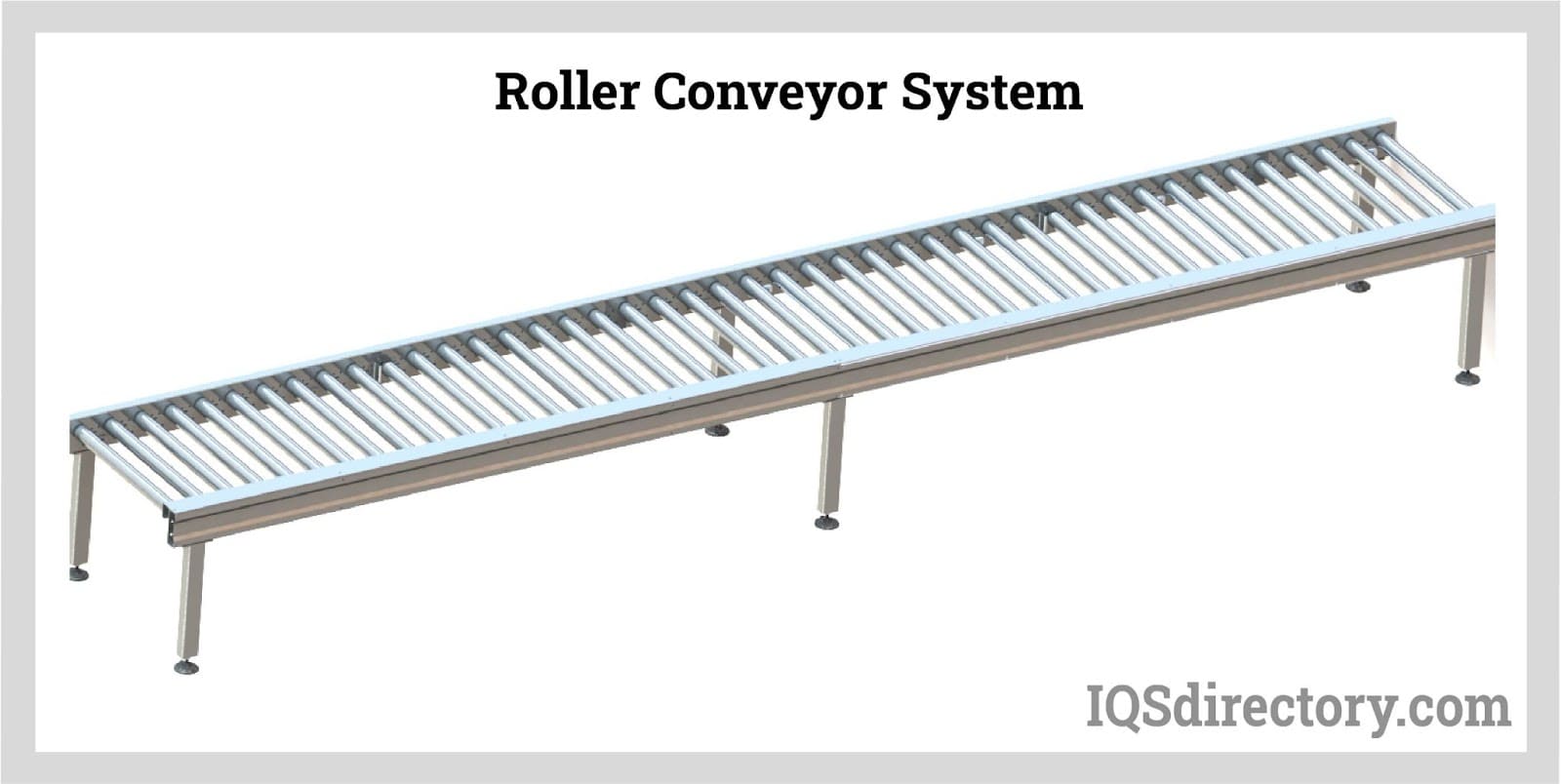
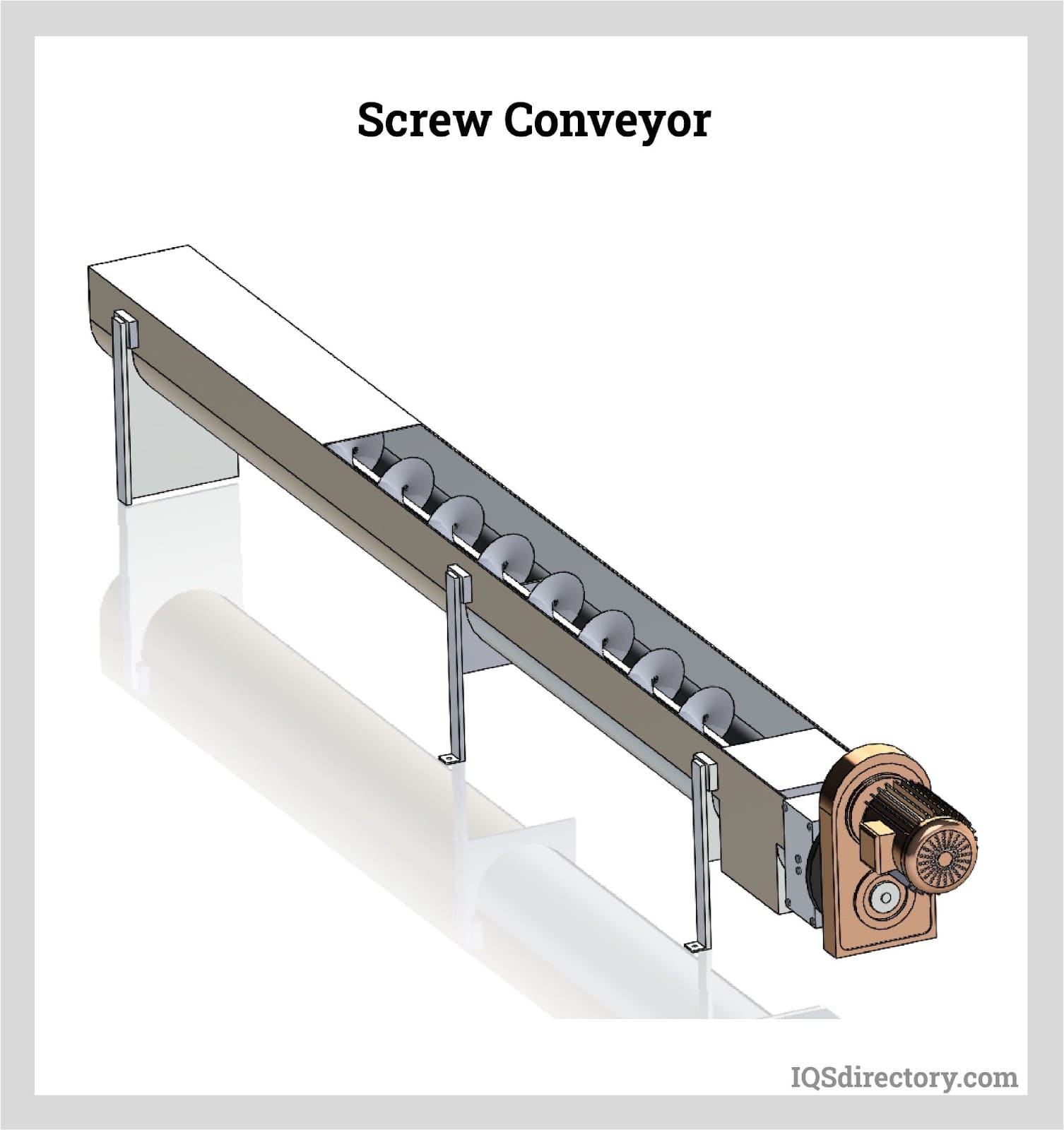
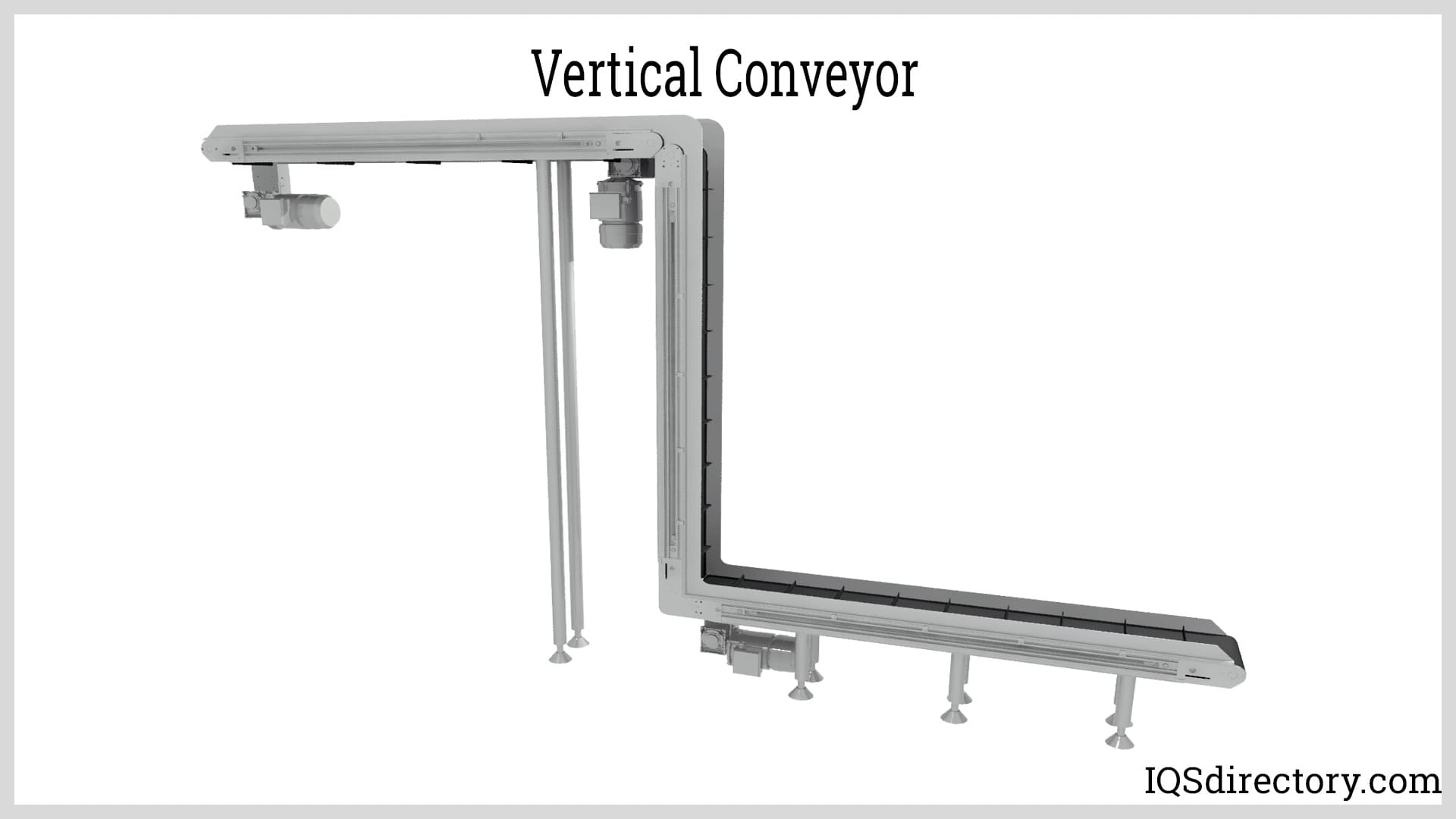
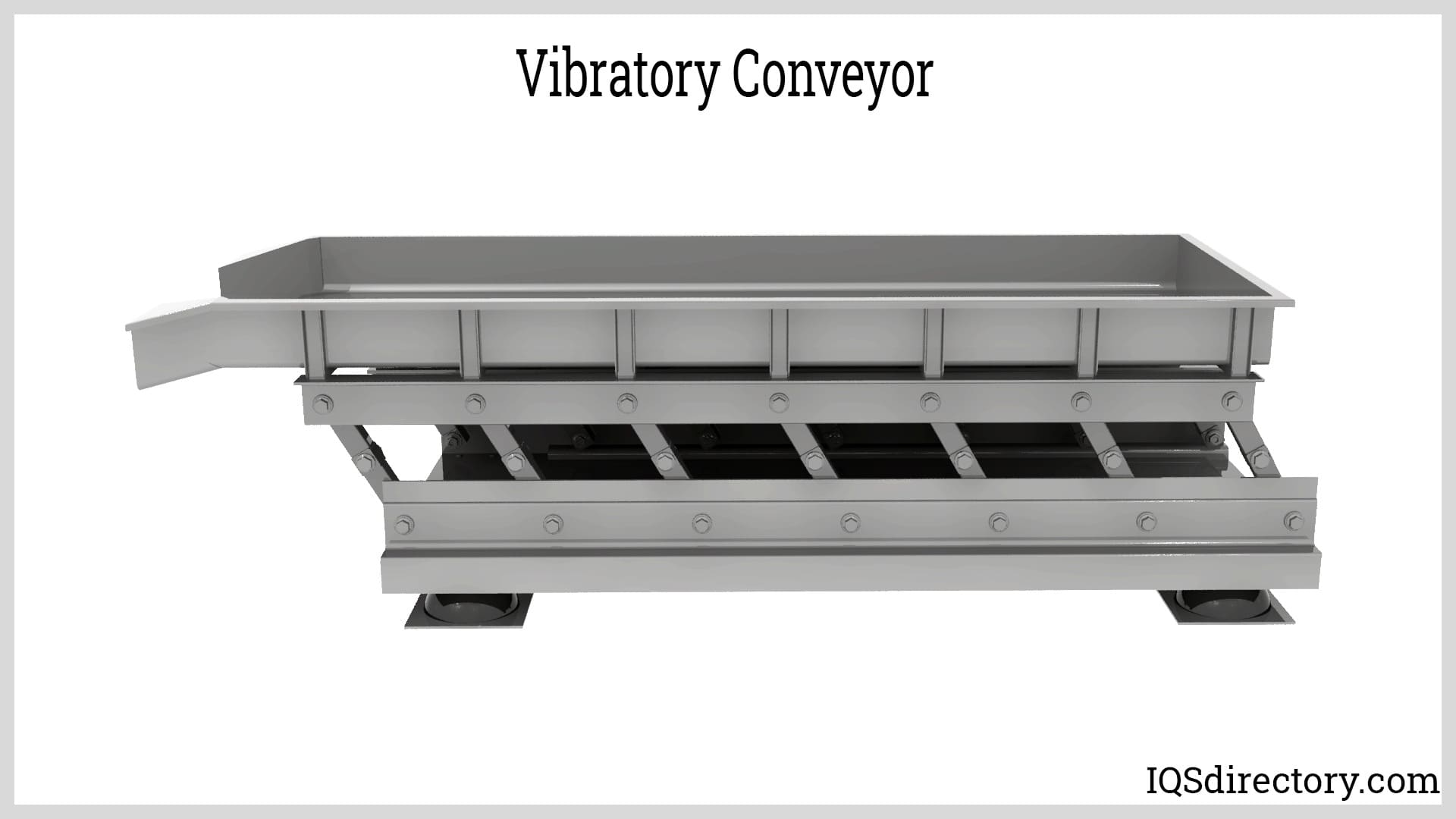
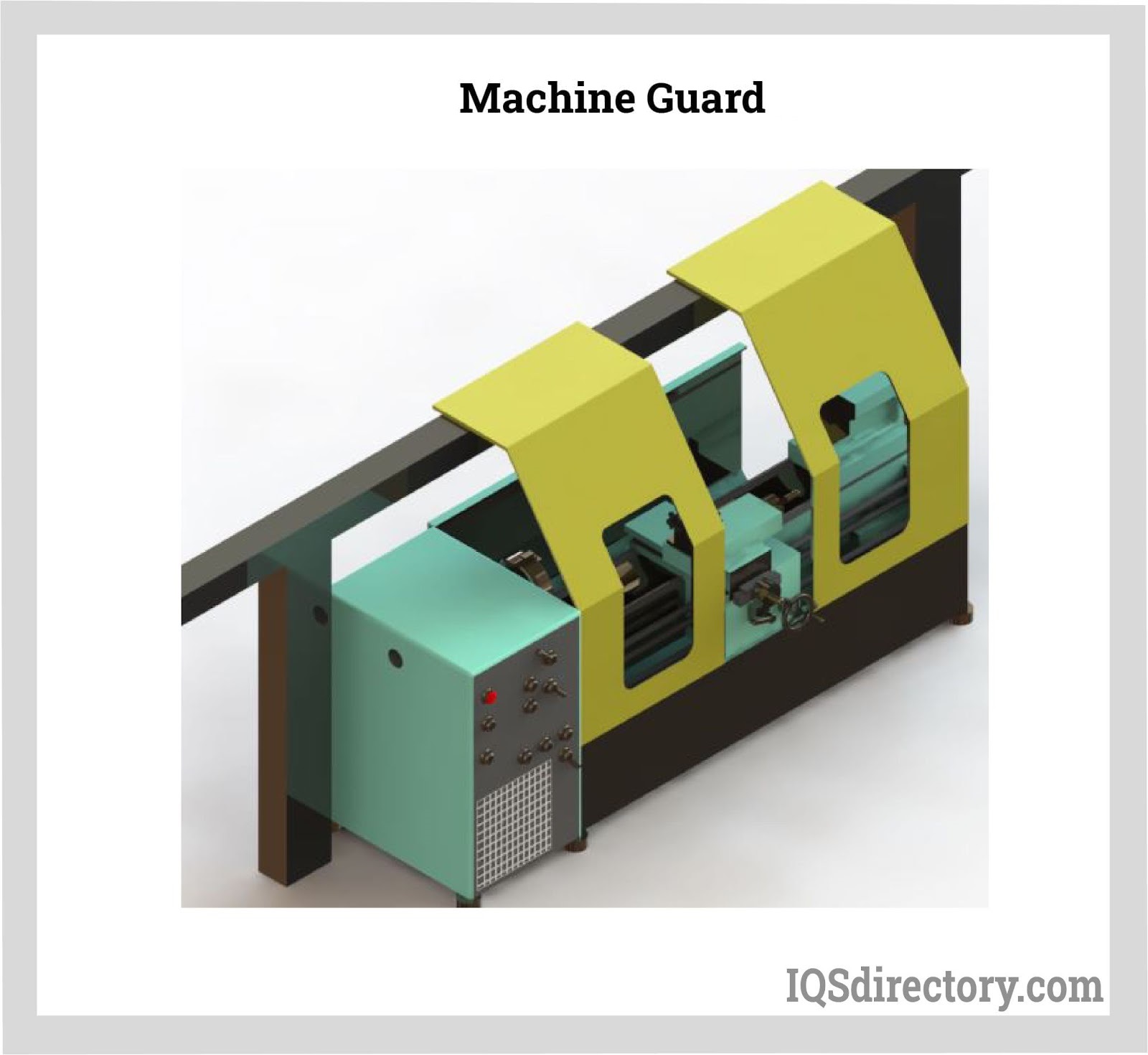
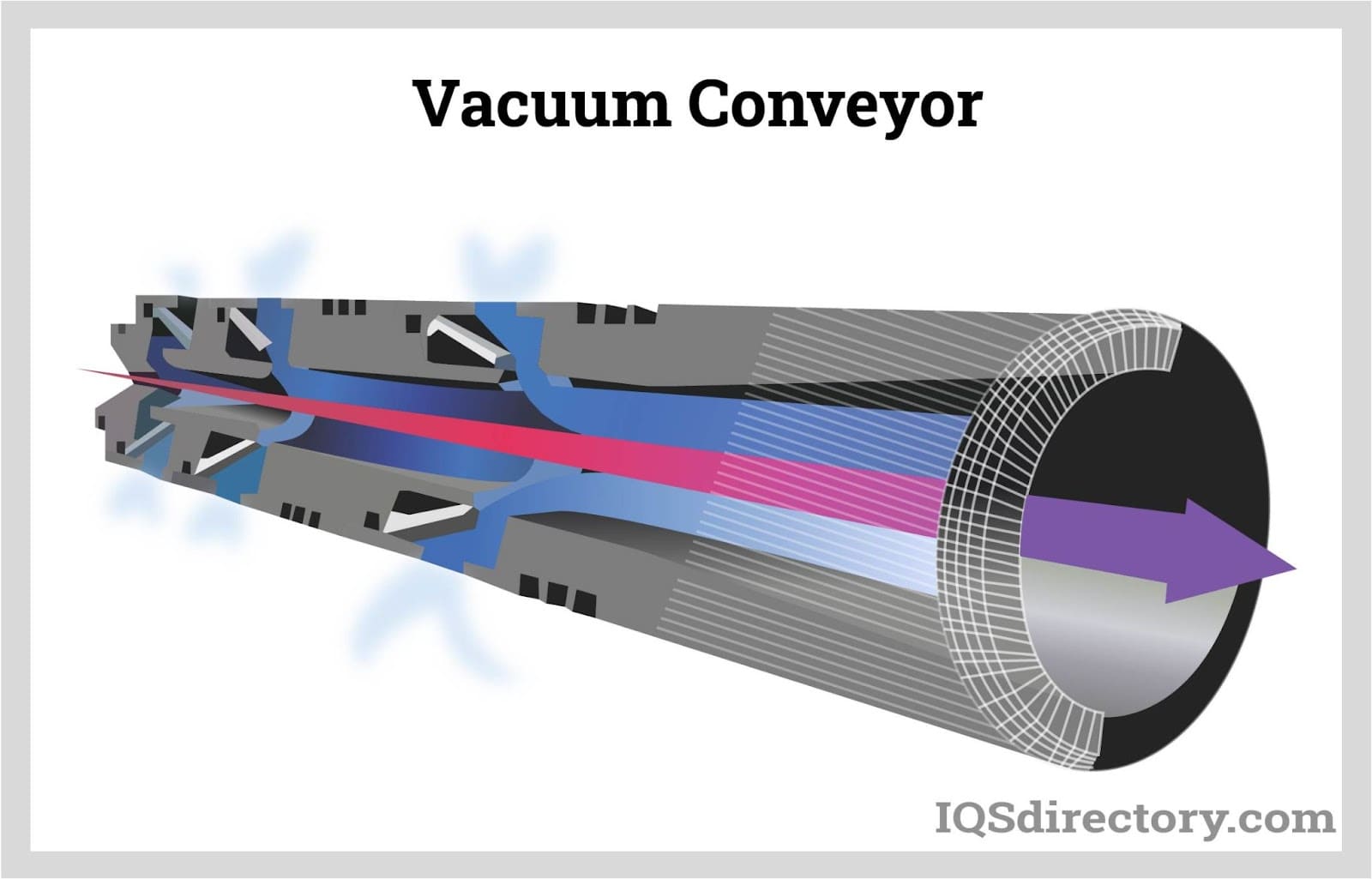
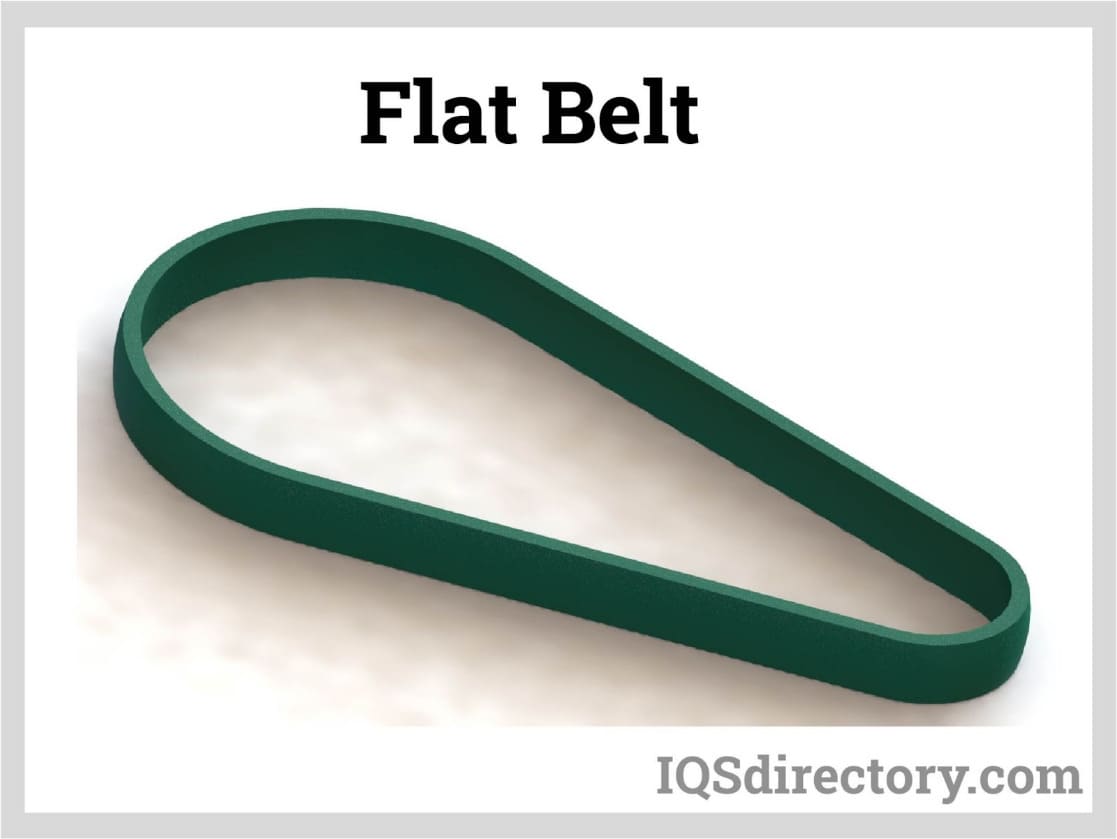
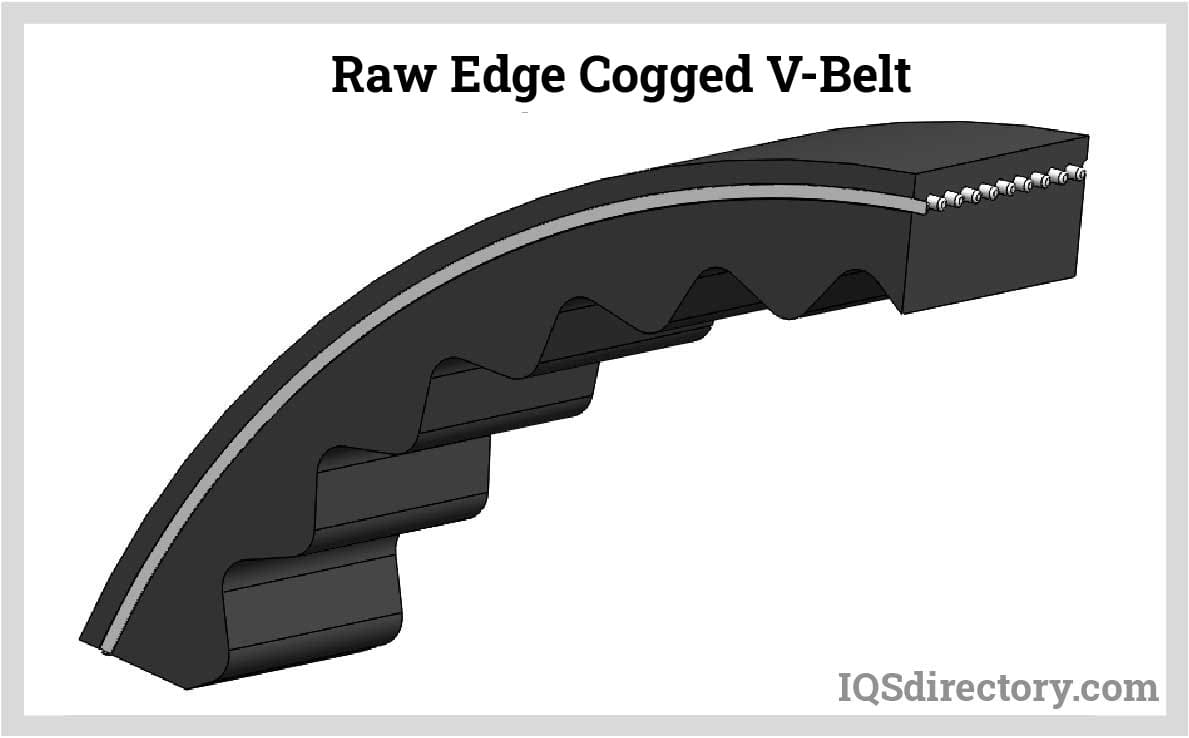
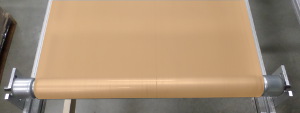 Conveyor Belting
Conveyor Belting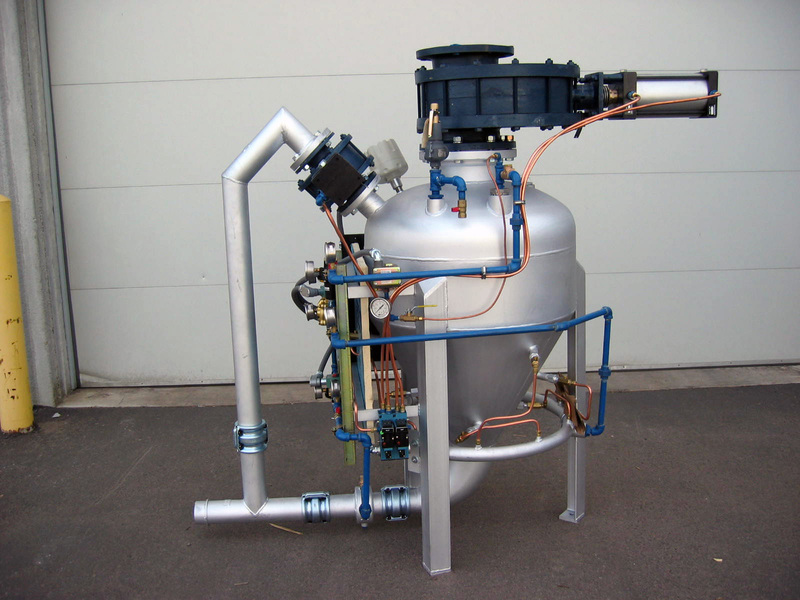 Conveyor Systems
Conveyor Systems Conveyors
Conveyors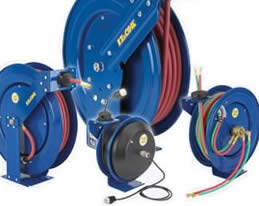 Hosereels
Hosereels Industrial Lubricants
Industrial Lubricants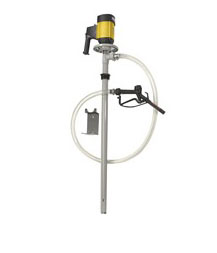 Lubricators
Lubricators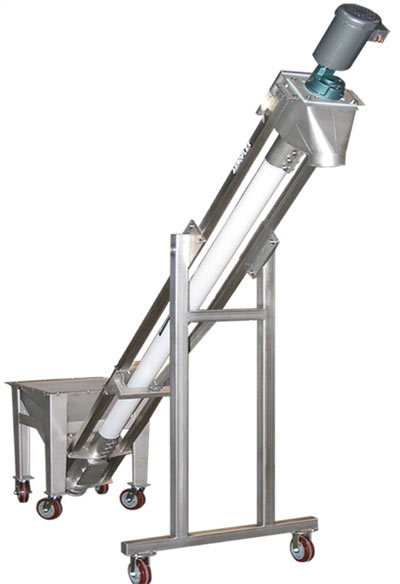 Screw Conveyors
Screw Conveyors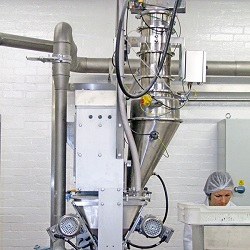 Pneumatic Conveyors
Pneumatic Conveyors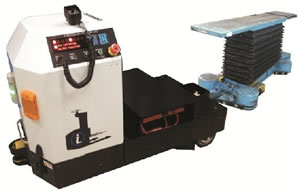 AGV
AGV Air Pollution Control
Air Pollution Control Assembly Machinery
Assembly Machinery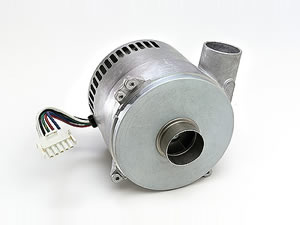 Blowers
Blowers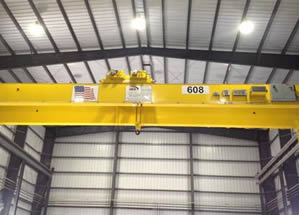 Cranes
Cranes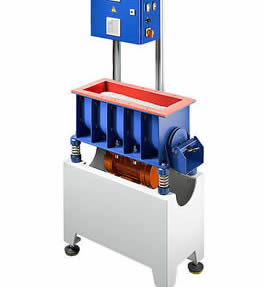 Deburring Machinery
Deburring Machinery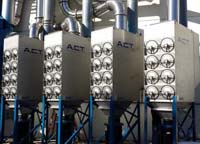 Dust Collectors
Dust Collectors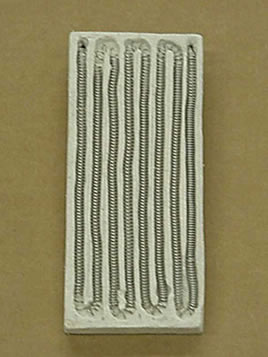 Heaters
Heaters Hose Reels
Hose Reels Mezzanines
Mezzanines Modular Buildings
Modular Buildings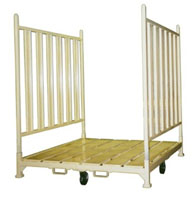 Storage Racks
Storage Racks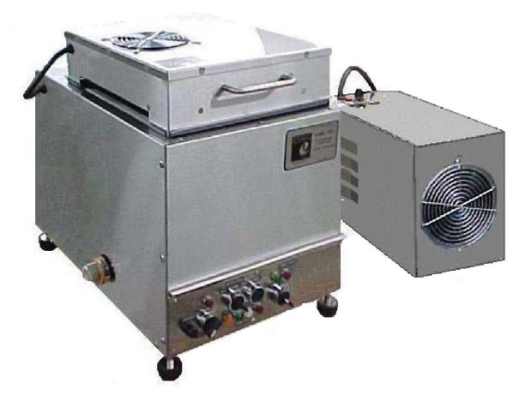 Ultrasonic Cleaners
Ultrasonic Cleaners Work Benches
Work Benches